In the fast-paced world of web design, staying ahead of the curve is essential to create websites that not only captivate audiences but also deliver exceptional user experiences. As we navigate through 2023, a new wave of website design trends has emerged, reshaping the way we interact with the digital landscape. Let’s explore these trends and discover how they are shaping the future of web design.
1. Immersive Visual Experiences: 2023 brings a heightened emphasis on immersive visuals. Websites are embracing large-scale imagery, bold typography, and creative animations to engage visitors from the moment they land on a page. These elements draw users into a captivating digital world that reflects the brand’s identity and narrative.
2. Dark Mode Aesthetics: Dark mode, once a niche feature, has evolved into a mainstream design choice. With its energy-saving benefits and sleek appearance, dark mode reduces eye strain and enhances the overall viewing experience. Websites are incorporating dark color schemes to create a modern and sophisticated ambiance.
3. 3D and Parallax Design: Adding depth and interactivity, 3D elements and parallax scrolling create a sense of movement and immersion. This trend elevates storytelling by allowing designers to guide users through narratives with dynamic visual effects, resulting in engaging and memorable experiences.
4. Minimalistic Interfaces: Less is more—minimalistic design remains a powerful trend in 2023. Clean layouts, ample white space, and simple navigation contribute to a clutter-free user experience. This approach ensures that users can focus on the content that truly matters.
5. Microinteractions for Engagement: Microinteractions are subtle animations and transitions that respond to user actions. These tiny details enhance user engagement by providing feedback and delight. From a button changing color upon hover to a subtle animation during form submission, microinteractions enrich the overall user journey.
6. Voice User Interface (VUI) Integration: The rise of smart devices has led to increased VUI integration. Websites are incorporating voice search and voice commands to make navigation easier and more accessible. This trend accommodates users who prefer a hands-free approach to interaction.
7. Augmented Reality (AR) Integration: AR technology is blurring the line between physical and digital experiences. In 2023, more websites are integrating AR elements to allow users to interact with products, visualize spaces, and explore virtual showrooms before making purchasing decisions.
8. Inclusive and Accessible Design: Web accessibility is no longer an afterthought—it’s a fundamental requirement. Websites are adopting inclusive design practices to ensure that all users, regardless of abilities, can access and navigate content seamlessly.
Conclusion: Crafting the Future of Web Design The web design landscape is evolving rapidly, and 2023 is a year of exciting possibilities. From immersive visuals and dark mode aesthetics to 3D experiences and inclusive design, these trends reflect the dynamic nature of user preferences and technological advancements.
As we navigate the digital landscape, it’s crucial to remember that while trends come and go, user-centric design principles remain paramount. The key is to strike a balance between cutting-edge aesthetics and user-friendly functionality. By embracing these trends thoughtfully, web designers and businesses can create websites that resonate with their audiences, stand out in a competitive digital world, and set the tone for the future of online experiences.
